
Whether they knew it or not, the Budd Co. was rolling out the final miles in its railcar manufacturing business as it headed into the 1970s. But they didn’t go down without a fight as manufacturing of passenger equipment continued for Amtrak and multiple commuter operations (mainly in the Northeast United States). Part of the fight involved a hybrid of the company’s old and new creations.
The SPV-2000, “a Self-Popelled Vehicle with a service life through the year 2000,” became just that. The propulsion technology was similar to Budd’s Rail Diesel Car (RDC): A reinforced underframe holding two General Motors’ Detroit Diesel 8V-92 engines at 360 hp, along with additional equipment such as the fuel tank. The radiator and cooling systems were mounted on the roof and covered in shrouding to match the streamlined body. The body used the Metroliner/Amfleet design from the early 1960s. The unit rode on trucks used for Budd’s Pioneer III-style coaches.
Even with dark clouds of the energy crisis still looming, Budd pushed forward with confidence on the SPV-2000. The official announcement for the new car was made in August 1976, and the prototype took shape at the company’s Troy, Mich. plant. It was shipped east in early 1978 for testing and public unveiling in Philadelphia. Demonstration tours across the Northeast and Midwest regions kicked off shortly afterward.
The SPV-2000 would have been offered in different variations. A conventional coach held 84 seats, a commuter coach would increase to 109 seats, a baggage-coach with 60 seats would pay homage to the RDC-2, and a 50-seat combination car would include coach, club, and cafe service. Power variations were also on the table with cars that could be available as “unpowered” coaches, though equipped with an Auxiliary Power Unit. Then there was the option of an SPV-2000 with either the traditional blunt nose or the aerodynamic low-drag nose to reach top speeds of 120 mph.
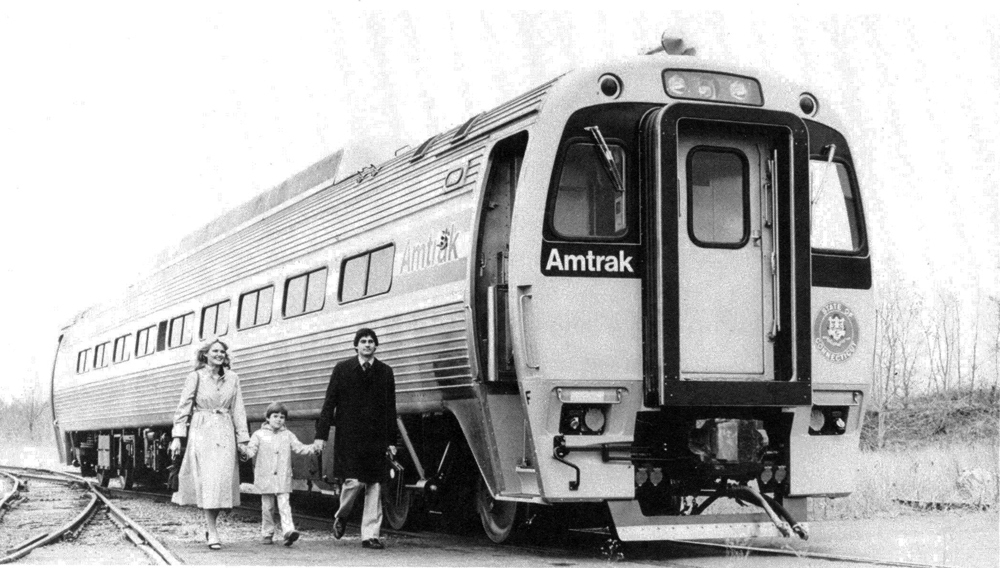
Budd was banking on a success similar to the RDC from 30 years before, with a projected 150-350 SPV-2000s ordered by the 1980s. Only 30, most for commuter service with the blunt nose, were built by 1981 for the Federal Railroad Administration (1), The Kingdom of Morocco (6), the Connecticut Department of Transportation (all 13 leased to Amtrak), and the New York Metropolitan Transit Authority (10). An additional 14 empty shells were fabricated but never completed as SPV-2000s.
Other potential buyers, outside of the five, ultimately backed out due to the price tag–roughly one million dollars per car, too expensive for most public agencies. Unlike the RDCs, reliability issues plagued the SPV-2000s. They were never given the chance to have the bugs taken out due to their complex engineering not worth the time and money to deal with.
Budd’s hybrid attempt ultimately went gently into that good night, taking with it the company’s Red Lion Plant near York, Pa., and its historic car manufacturing business in 1987. However, the SPV-2000 stayed true to having a service life through the year 2000. Some are still in service today, though now as conventional coaches with the propulsion power plants gutted.
Learn more about the Budd SPV-2000 in Trains.com Video’s Budd Rail Diesel Car, available on DVD.






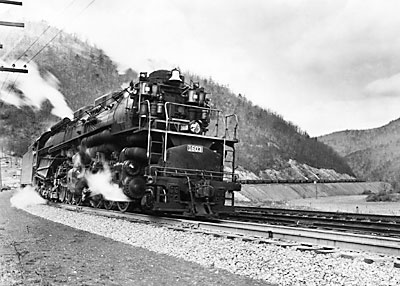
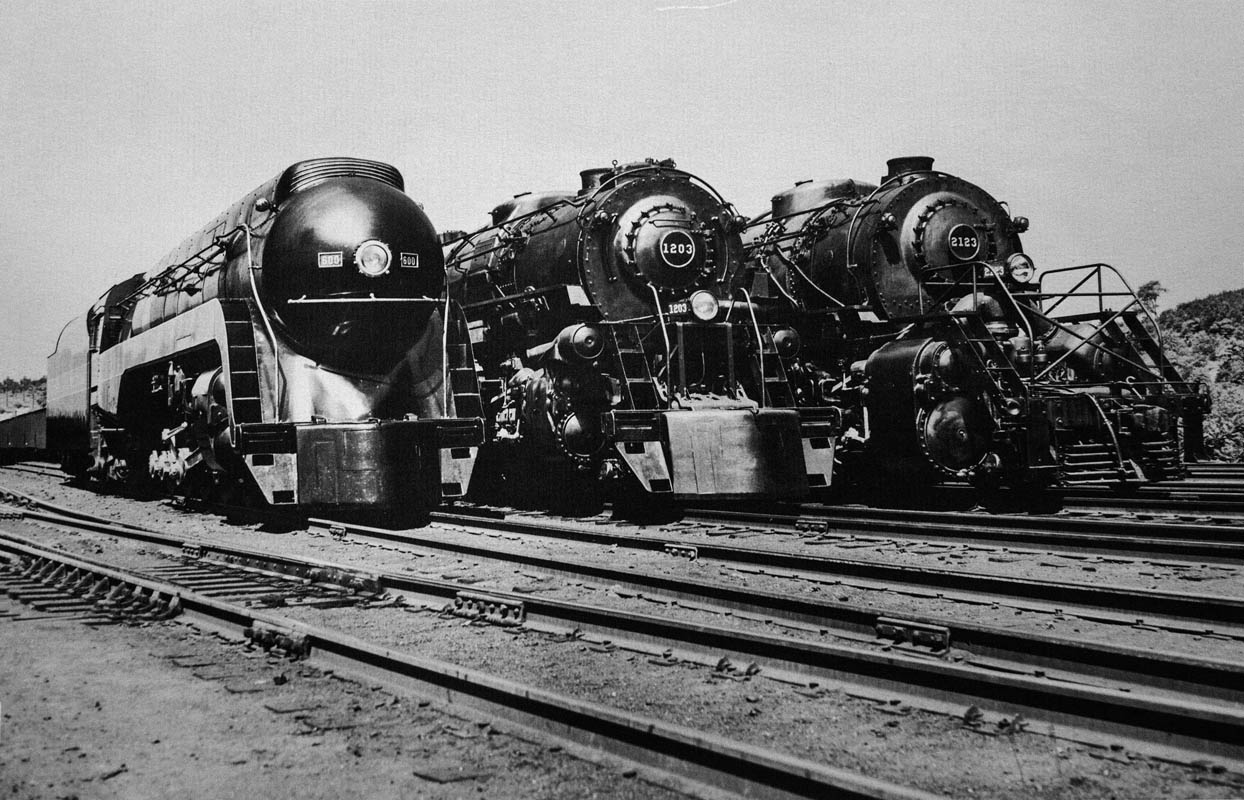

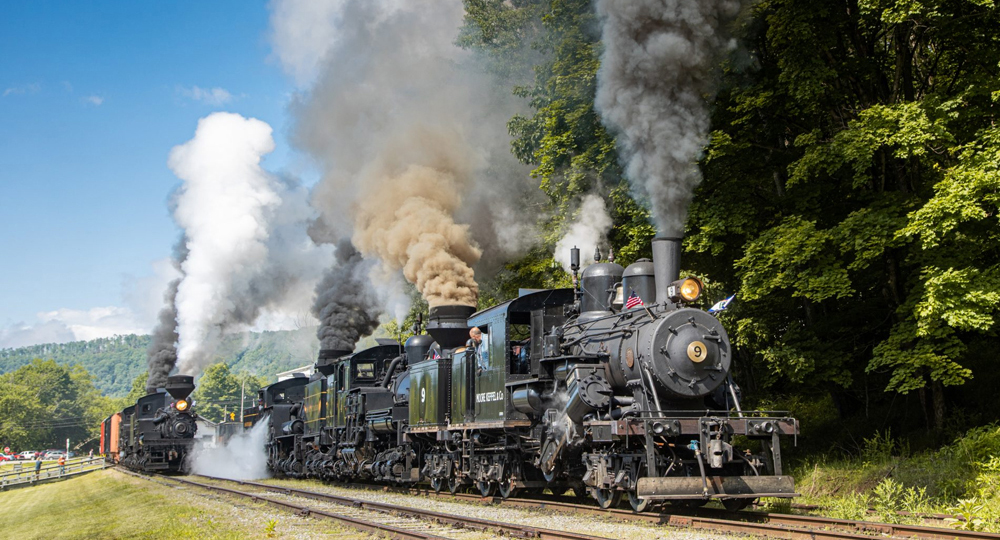
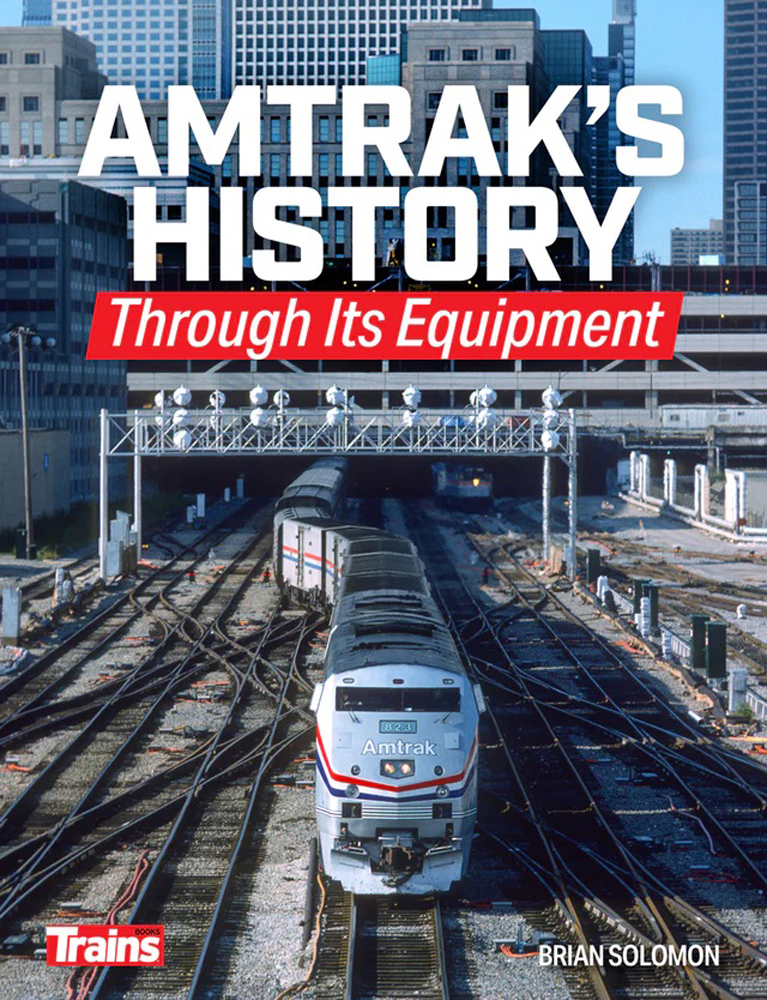

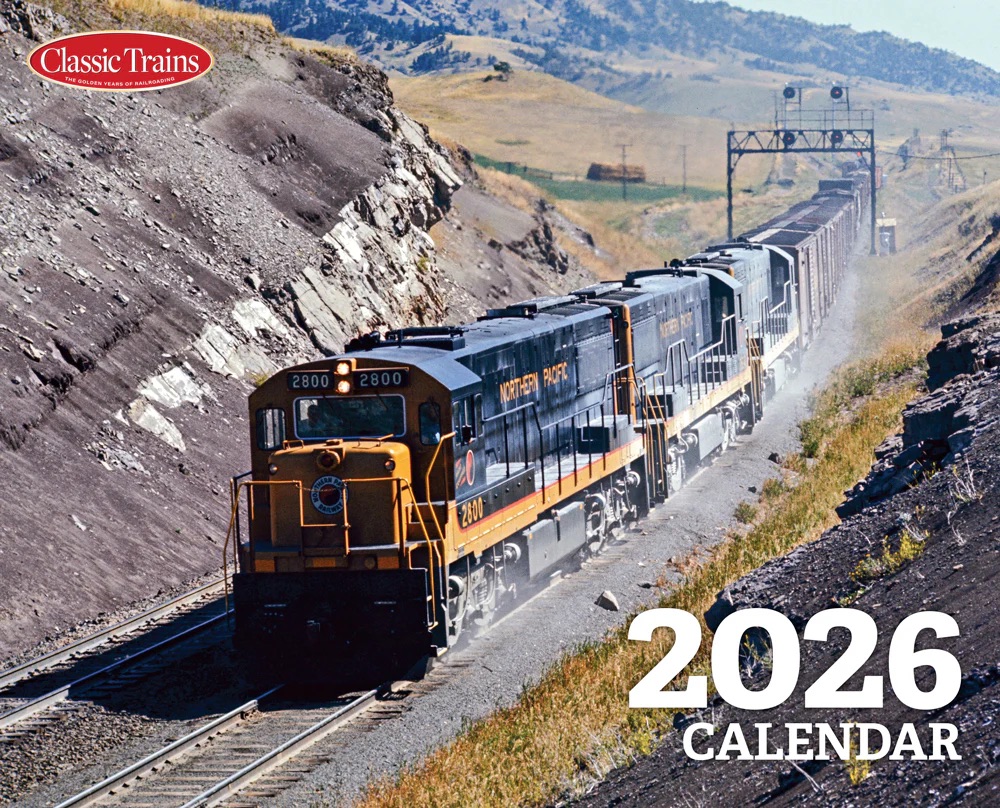
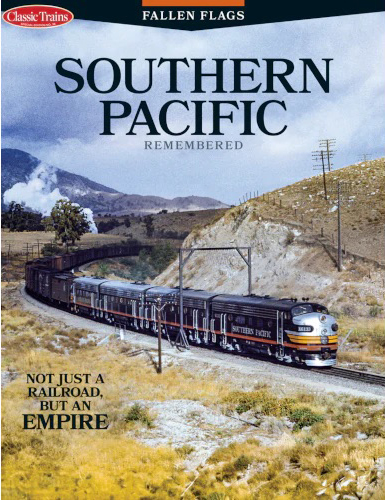
I did research. It’s in storage.
Whatever became of the King of Morocco’s trainset?
One of Amtrak’s more interesting operations was to use its SPV-2000s in single-car service on the Springfield, MA-New Haven, CT shuttle, then attach the car to the rear of a Northeast Corridor regional train to provide through service to Washington, DC.
It was joked that the SPV stood for “Seldom Powered Vehicle.”
Remember that the MTA purchased ten SPV-2000s for use on its Hudson Line between Croton–Harmon and Poughkeepsie. The order cost $12 million. The SPV-2000s made their first runs on October 17, 1981. This run was coordinated with the re-opening of the New Hamburg station. Problems with the SPV-2000s developed quickly, and a New York magazine article from March 1982 characterized the cars as “defective”. The MTA SPV-2000s are all out of service; one is preserved at the Connecticut Eastern Railroad Museum in Willimantic, Connecticut. Note that five ex-MTA cars began usage as coaches on the Tren Interoceánico in Mexico in 2023.
Dr. Güntürk Üstün
Budd’s Red Lion Plant was located at 1 Red Lion Road in northeast Philadelphia, not Red Lion, Pennsylvania, which is indeed near York, PA. From what I’ve seen, this has been an enduring point of confusion